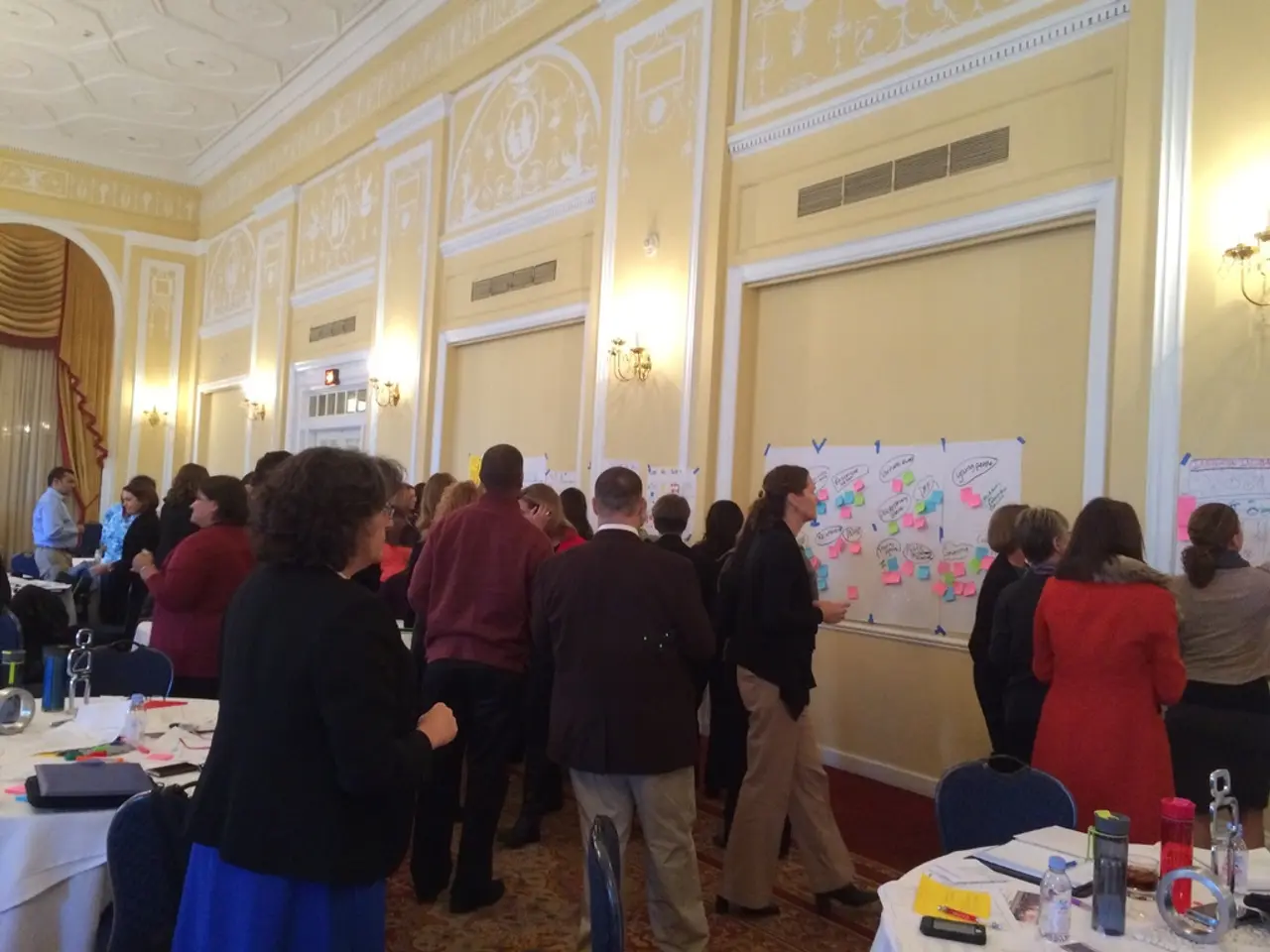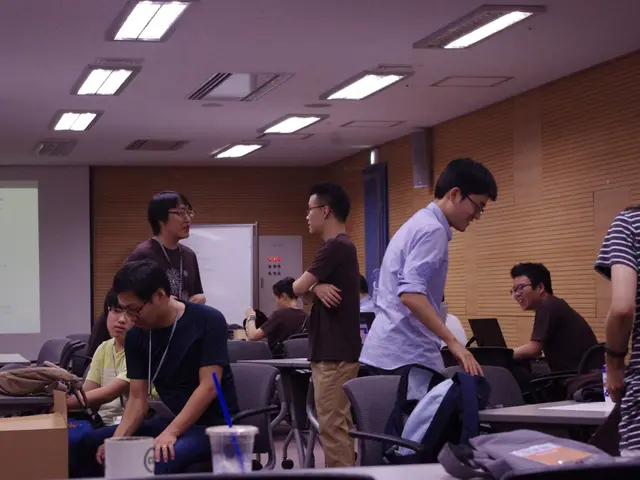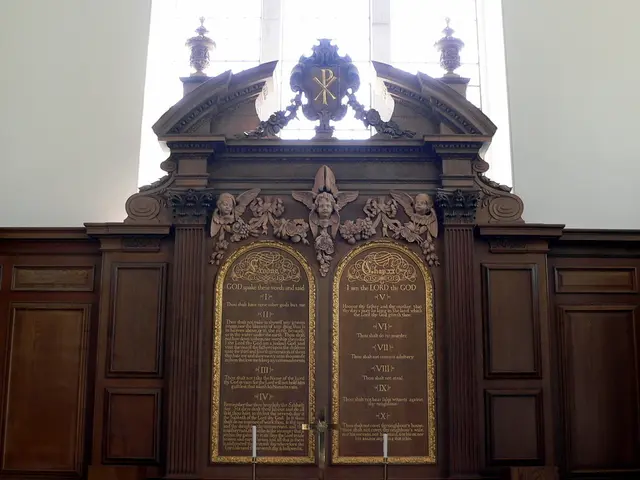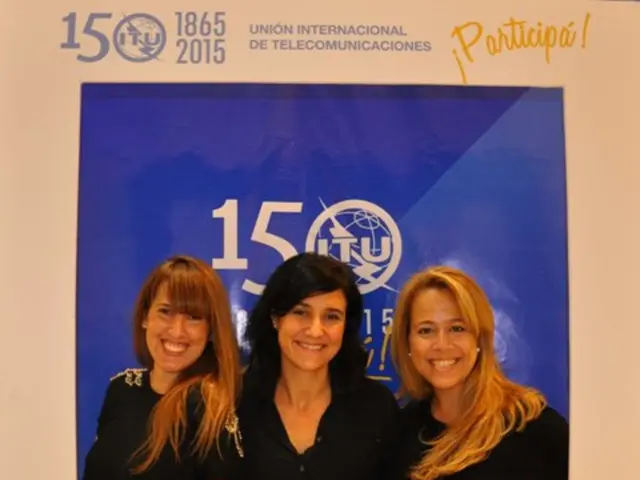Transforming from Physical to Digital: Debut of Online Catalog for Zimbabwe Museum's Artifacts
A significant collaboration between the Zimbabwe Museum of Human Sciences, the Fowler Museum at the University of Southern California, and the Harare Institute of Technology has led to the creation of a user-friendly and internationally standard-compliant database. This new system, funded by the U.S. Ambassadors Fund for Cultural Preservation (AFCP), will allow Zimbabweans and the global community to access, research, and better understand the museum's cultural artefacts.
The AFCP, a program that provides grants for the preservation and protection of cultural heritage worldwide, has been supporting the conservation of cultural heritage in Zimbabwe for over a decade. Since 2007, the American people, through AFCP, have invested USD 950,000 in the conservation of key heritage sites, artifacts, and traditions in Zimbabwe, with USD 846,000 going to projects managed by the National Museums and Monuments of Zimbabwe (NMMZ).
Notable examples of AFCP-funded cultural preservation projects in Zimbabwe include work at the Great Zimbabwe site, a major archaeological and historical site that stands out as a prominent AFCP-funded effort. The World Monuments Fund’s preservation efforts at Great Zimbabwe have also been supported in part by AFCP funding.
The new database, designed for research and inter-museum loans, is expected to enhance these capabilities. It is intended for use by both Zimbabweans and the global community, and will improve access to the museum's collection, allowing for greater interaction between the museum, public, scholars, and students.
The transition from a manual catalogue to a digital format documentation system will reduce the risk of theft for the museum's collection. The database, which documents and safeguards thousands of important cultural items, will also enable more efficient management and conservation of these precious artifacts.
The commissioning ceremony was attended by U.S. Ambassador Pamela Tremont, who stated that the new system will allow for a better understanding of the museum's significant and unique cultural artefacts. The collaboration between Zimbabwean and American experts was a significant aspect of the project, reflecting the strong partnership between the two nations in preserving cultural heritage.
The U.S. Embassy and NMMZ celebrated the completion of this cloud-based database project, which is part of a broader effort to preserve cultural materials through grants and information exchange. The digital format will undoubtedly contribute to a more accessible and interactive cultural landscape, fostering a deeper appreciation and understanding of Zimbabwe's rich cultural heritage.
- The new database, a product of the collaboration between Zimbabwe Museum of Human Sciences, Fowler Museum at the University of Southern California, and Harare Institute of Technology, is expected to leverage the power of data-and-cloud-computing to enhance research and inter-museum loans, making education-and-self-development more accessible to both Zimbabweans and the global community.
- The AFCP-funded digital format of the museum's collection not only reduces the risk of theft but also furthers technology's role in learning by enabling more efficient management and conservation of these precious cultural items, providing a platform for a deeper understanding of Zimbabwe's cultural heritage.



